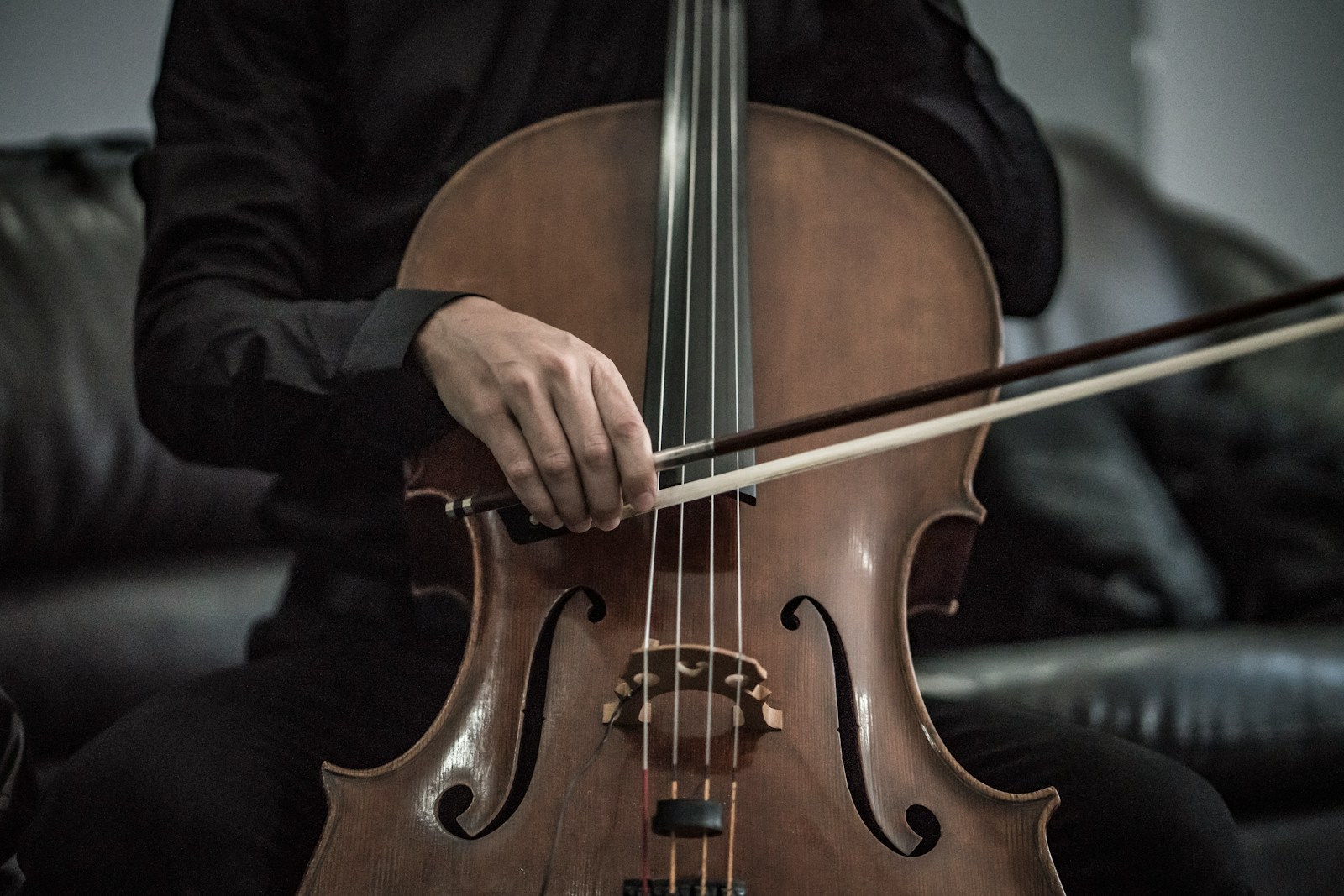Paul Simonson: A Beginner’s Guide to Playing the Cello
Florida-certified public accountant Paul Simonson is an attendee of the Interlochen Center for the Arts. This article will look at playing the cello from a beginner’s perspective, including tips on purchasing the right instrument and equipment.
For children interested in learning to play the cello, it is important to let them start when they are ready so they can learn at their own pace. That way, they are more likely to enjoy the journey and show better progress. While some children may be ready to start having lessons at six or seven, others start as early as three. Although preschool children may be interested in cello lessons, they may struggle to retain focus, so it is important to avoid pushing them too hard. The best thing parents can do to get the ball rolling is exposing them to music and seeing where it takes them. There are hundreds of music appreciation grounds geared towards small children, providing them with an excellent start in their musical journey.
In addition to school-age children, many young people and adults take up the cello. While learning a new instrument may seem like a daunting prospect, it is never too late to start.
When it comes to purchasing a cello, there are a number of different options available, although it is important to shop with a reputable maker or store. A first cello need not break the bank, but it does need to be professionally set up to ensure the cellist’s musical journey starts on the right foot.
For children, renting is a great option, helping parents to potentially avoid an unnecessary purchase should their child lose interest in music or decide another instrument is for them. An adult learner who is committed to learning may only want to buy an instrument once, and if that is the case, it is advisable to browse intermediate and advanced-level cellos to ensure the instrument is easy to work with and supports their development.
Other items to bring along to a first lesson include a rockstop, mute, cleaning cloth, metronome, tuner, rosin, and extra strings.
Learning to play a musical instrument can be an incredibly rewarding pastime. Nevertheless, it is a hobby that presents unique challenges. One important aspect that students need to get to grips with is holding the cello. Different players have different builds, meaning setups may vary between one musician and the next. However, there are some basics that hold true.
Before picking up the cello, beginners should practice sitting comfortably without their instrument. When selecting a chair, they should choose one that’s the right height, with a seat that encourages a gentle downwards slope from the upper thighs to the knees. The player’s back needs to be straight but not stiff, with their feet on the ground shoulder-width apart. When playing for the first time, novices should attempt moving from a sitting to a standing position without adjusting their feet. They also need to ensure they are not leaning too far back or forward while seated.
When the player picks up the cello and places it in front of them, their seated position should not change much. They should adjust the endpin to a length that allows them to sit as comfortably as they would without the cello. As the height of cellists can vary significantly, knee positions will differ. Generally speaking, the knees should touch the instrument at the bottom of the cello’s “C” curves. It may help the beginner to have the body of the cello angled towards their right side, placing their left knee slightly further behind the cello than their right knee. In many cases, this helps the cellist to navigate the higher strings of the instrument with more comfort and ease.

